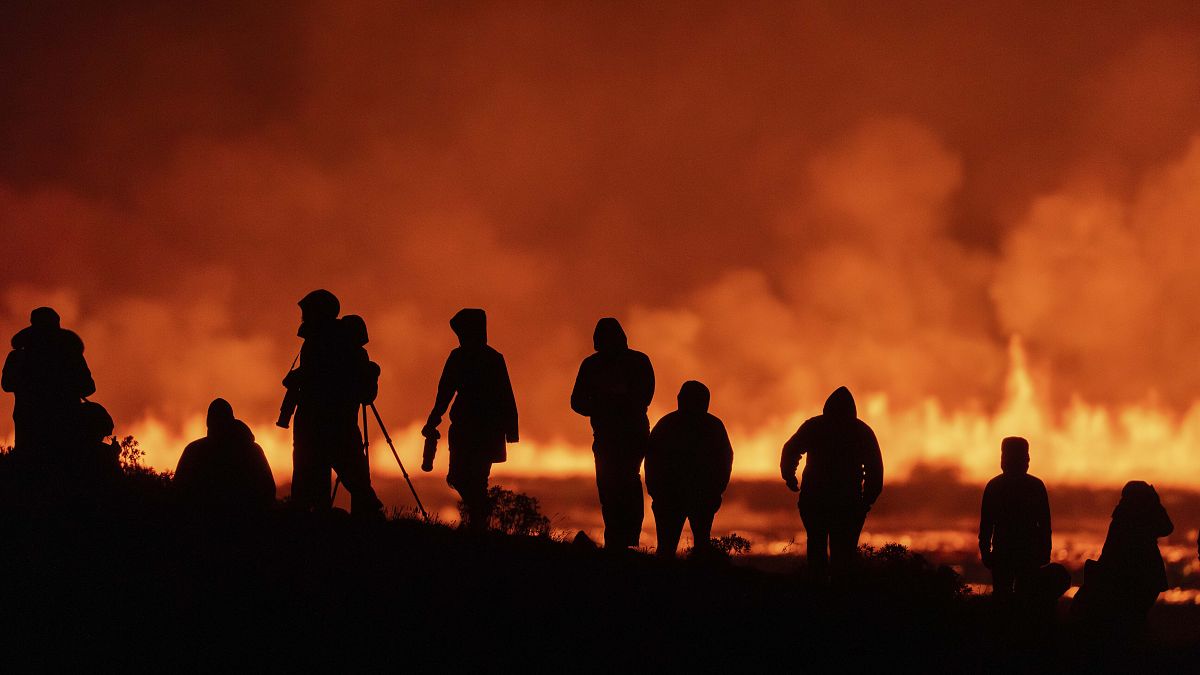The eruption of a volcano on the Reykjanes Peninsula in Iceland has been captivating people from all over the world since it began on August 22. The volcano has been spewing ‘witch’s hair,’ which are thin, sharp, glass needles created during volcanic eruptions. This volcanic material has been causing issues in communities across the Reykjanes Peninsula, particularly in Reykjanesbær, where it has clogged filters at a local swimming pool and caused injuries to barefoot individuals. The ‘witch’s hair’ has spread far and wide due to the high jets from the eruption, according to experts at the Icelandic Meteorological Agency.
As the ‘witch’s hair’ is essentially fibreglass, it is advised not to touch it with bare hands. Despite its appearance resembling hay, it is made of tiny glass needles that can be harmful if touched. Residents in Reykjanesbær have likened it to the aftermath of someone cutting grass, but upon closer inspection, it is revealed to be a dangerous material. Although it may eventually break down into sand, it is important to avoid direct contact with it to prevent injuries. Tourists and locals alike are fascinated by the eruption, with many visitors coming from abroad to witness and capture the striking visuals for social media.
This eruption marks the sixth time the volcano on the Reykjanes Peninsula has erupted since December, causing road closures and minor disruptions but not posing a significant threat to the population. The nearby Blue Lagoon geothermal spa, a major tourist attraction in Iceland, reopened after being temporarily evacuated. Authorities have warned people to avoid getting too close to the eruption, especially since the lava flow is approaching a contaminated US military training site. Despite the risks, some individuals have continued to approach the area in search of a better view of the eruption.
Iceland, known for its volcanic activity, experiences eruptions approximately every four to five years due to its location above a volcanic hot spot in the North Atlantic. The most recent major eruption was in 2010 from the Eyjafjallajökull volcano, which caused disruptions to air travel due to the ash clouds it produced. However, the current eruption is not expected to impact air travel, providing some relief to travelers and authorities. As the volcano continues to attract attention and curiosity from people worldwide, it serves as a reminder of the powerful forces of nature at work and the beauty and danger they can bring.










